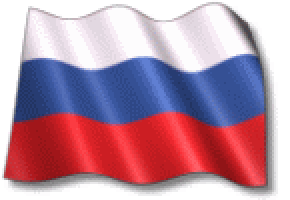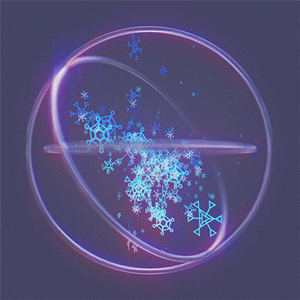 RU
RU  EN
EN CRYOMEDICINE CRYOMEDICINE  |




 : +7(916)525-61-42
: +7(916)525-61-42 : 5256142@mail.ru
: 5256142@mail.ru
|
INSTRUCTIONS FOR CRYOSURGICAL TREATMENT WITH RECOMMENDATIONS FOR PATIENTS IN THE PRE- AND POSTOPERATIVE PERIOD  Cryosurgery is a highly effective treatment for a number of benign and malignant neoplasms of various localization and prevalence, viral and bacterial lesions of the skin and mucous membranes, trophic ulcers and keloid scars. Liquid nitrogen, which boils at -1960C, is now the most widely used cryogen, effective for clinical use. Temperatures from -250C to -500C are reached within about 30 seconds. Benign neoplasms usually require temperatures from -200C to -300C. Effective removal of malignant tissue often requires temperatures from -400C to -500C. Histologically, cryofreezing causes ischemia
and necrosis
by direct
cell damage,
thrombosis, and microcirculatory
insufficiency. The faster
the cooling, the lower
the temperature reached, and
the slower
the thawing, the more
cells die. Other factors also influence the
degree of tissue damage
during cryofreezing. Different cells,
tissues, and organisms
have different
intrinsic sensitivity to
cold (melanocytes and basal cells,
as well
as bacteria,
die easily,
while fibroblasts,
collagen, nerve tissue,
and blood
vessels, as well
as viruses,
are relatively immune to
cold injury;
this fact
is one
of the main cosmetic
advantages of cryosurgery -
minor effects
on connective
tissue and relatively
minor damage
to blood vessels and nerves). Within 24 hours
after treatment,
inflammation develops, which
contributes to the further destruction
of the skin neoplasm under
the influence of immunological mechanisms (within 1 day after
surgery, tissue edema
and the formation of a hemorrhagic bladder
occurs in the area
of the postoperative wound, which
opens independently
or is punctured;
after 10-15
days, a hard, dry
black mass forms at
the site of exposure the adjacent crust;
after 1-4
weeks, it will fall
off and in its
place will remain a delicate
pink scar,
which will necessarily turn pale). Относительно немногие противопоказания для криохирургии в основном связаны с сопутствующими заболеваниями, при которых может случиться чрезмерная реакция на холод, или ожидается значительное замедление процессов заживления.
Good cosmetic effect (usually absence of scars and other defects). Good long–term results of the operation (as a rule, the minimum number of recurrences). The anesthetic effect of the operation itself (there is no need to use additional anesthesia methods). Hemostatic effect of the operation itself (without bleeding and pronounced hemorrhagic discharge). Immunomodulatory effect of the operation itself (prevention of recurrence or progression of the disease, often in combination with the use of immunocorrection drugs). Absence of symptoms of general intoxication and good tolerance of the operation itself.
Prolonged healing of the postoperative wound (at least 10-15 days). It is possible to develop prolonged (for several days) perifocal edema (edema of surrounding tissues). It is possible to use repeated cryodestruction sessions in the area of the postoperative wound (mainly for malignant neoplasms). The development of unexpressed hypopigmentation in the area of the postoperative wound (possibly its disappearance after a long time – at least several months).
|
R E
C O M M E N D A T I O N S

|

